Interviews

2024/3/19
Now we are launching Hem
It's time to embrace interior design as culture. So says Petrus Palmér, founder of the furniture company Hem. For Nordiska Galleriet, he talks about the importance of magic, art and free rein.
Ever since its inception in 2016, Hem has had a mission: to create designs that move people, showcase new perspectives and create emotional value. Since leaving Form Us With Love in 2015, the studio he founded with two friends after studying industrial design at Linnaeus University in Småland, Petrus Palmér has seen a need for a furniture company on this side of the 21st century that speaks to a new generation.
– I have been missing companies that really have the ambition to change. A company that continues to be very close to designers and the creators – who are a little broader, not only designers, but also artists who have strong expressions. Like a modern design company that existed 50, 60, 70 years ago but is not really started today. There is both a bit of nostalgia and a lot of progressive thinking, says Petrus Palmér, and mentions that he grew up with classics, everything from Cassina and Vitra to Herman Miller.
– The modernist idea of design is synonymous with these companies and designers. Home is a development that stands on the shoulders of these giants, but finds a new generation of practitioners, who create new ideas and new culture that we gather around.
Over the years, Hem has collaborated with designers such as Max Lamb, Kwangho Lee, Faye Toogood and Sabine Marcelis – all creators celebrated for their strong expressions. 2022 also saw the launch of Hem X, a platform for limited, handmade editions of designs. These range from wooden sculptures to candelabras and stools. The common thread is objects with strong expressions.
I hate everyday life. When it's just function, then it becomes everyday. I think you can see in Hem's DNA that there is a lot of love behind all the objects. And there is always a thought that is much deeper than just the function.
The idea of Hem is to create magic, says Petrus Palmér. To create moments where you can admire an object because of the way it is made, or the story behind it.
– I think life is for these moments where there is a story. I hate everyday life. When it's just function, then it becomes everyday. I think you can see in Hem's DNA that there is a lot of love behind all the objects. And there is always a thought that is much deeper than just the function. It's quite sympathetic to interior design because it's a utilitarian object. It's something to be used and not just looked at. But at the end of the day, function alone is not enough; there has to be a cultural value and a feeling in the products that goes beyond the everyday. We feel closer to art, perhaps, than design. Art is good in that way, because it is free. There is no requirement for function.
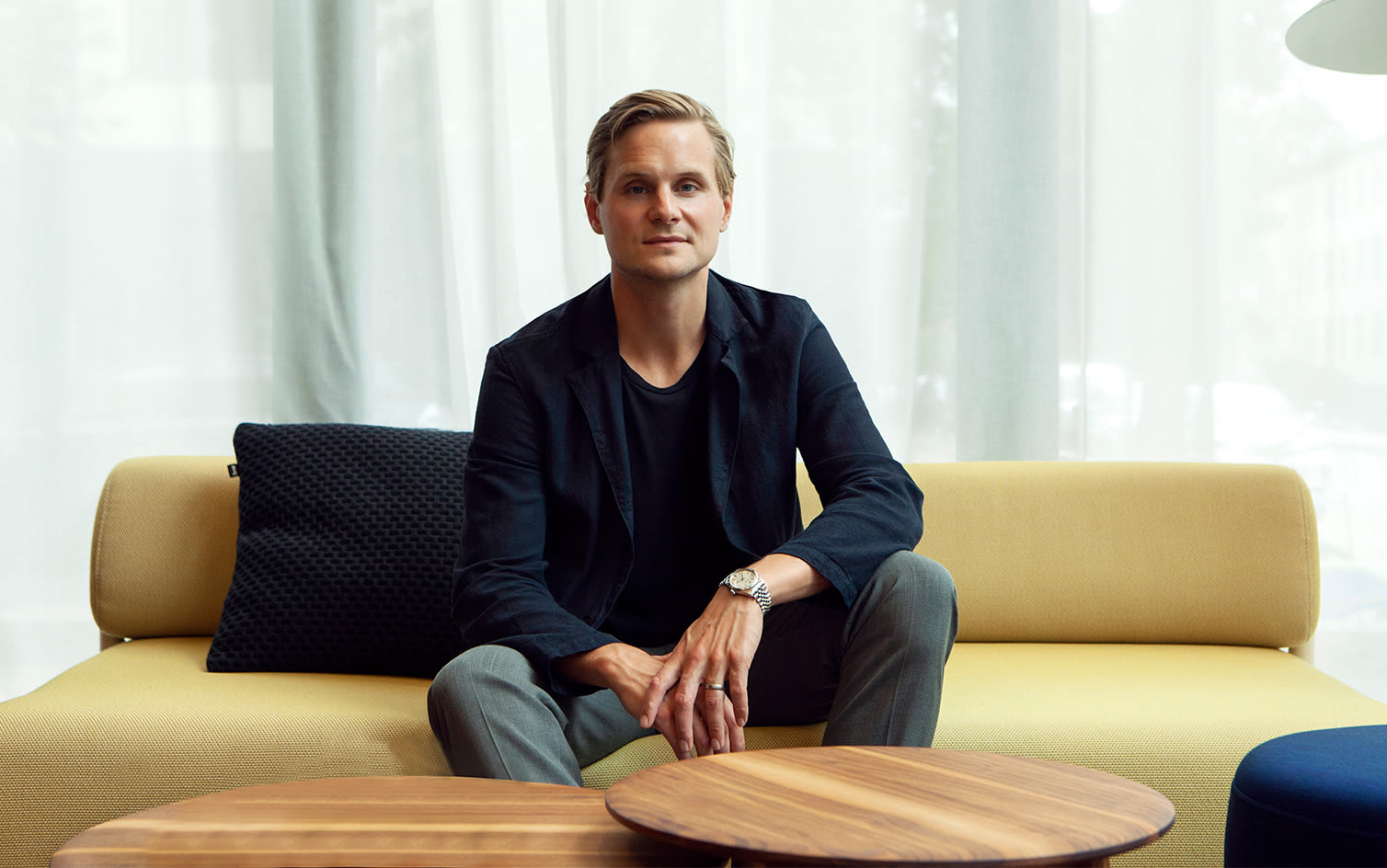
What is your definition of a home?
– I want to surround myself with things that have value. It's not just about function, but more about the feeling. And then the objects become proxies for that in some way. They are things that you have bought to have a strong connection to that expression or to the story behind it. It can stand for different things for different people, but the objects become somewhere what we surround ourselves with to create a feeling or to say something about ourselves, or to tell something about the life you live and the culture you share.
What does it mean that interior design can be culture or art?
– As a society, we have over-indexed on efficiency and comfort. We need more things that resonate and are not so streamlined. Today, we are drawn to things that make us feel something, or give us something to talk about, or impress and inspire us. Hem's function is to be such a company, that what we do stands for something. We work with both designers and artists who all have their own identities and their own paths to explore - or driving forces. It depends a bit on what the product is. But what is always true is that there is a lot of passion behind it. For example, David Taylor, who made these Knuckle lamps that he bent out of metal tubes. He has dedicated his life to that. He bends and flexes and shapes metal in all sorts of ways. He looks for something and expresses himself that way. I think any kind of designer who has an inner motivation to explore material, expression, or form is culture. There it becomes somewhere: Who are you? Why are you doing this? Why does it look like something I haven't seen before? It's very exciting. It creates a dialog, a sense of belonging. The best word I can find is culture - these things we gather around.
You have said that the design industry is going through an identity crisis, what does it take to get out of it?
– I think we need courage. That we stop over-indexing on efficiency and instead dare to embrace what is artisanal or odd, that explores something else. Things that are not mainstream. It's the next step for design as a discipline and interior design. The idea of modernism: that we should streamline and create simple solutions for many, it doesn't hold up anymore. We don't need that. Everyone in the West has what they need. We don't need it anymore. However, we are human beings. Whether it's food, music, art or furniture. We express ourselves all the time. We create new things all the time. We need it and we're not going to stop doing it.
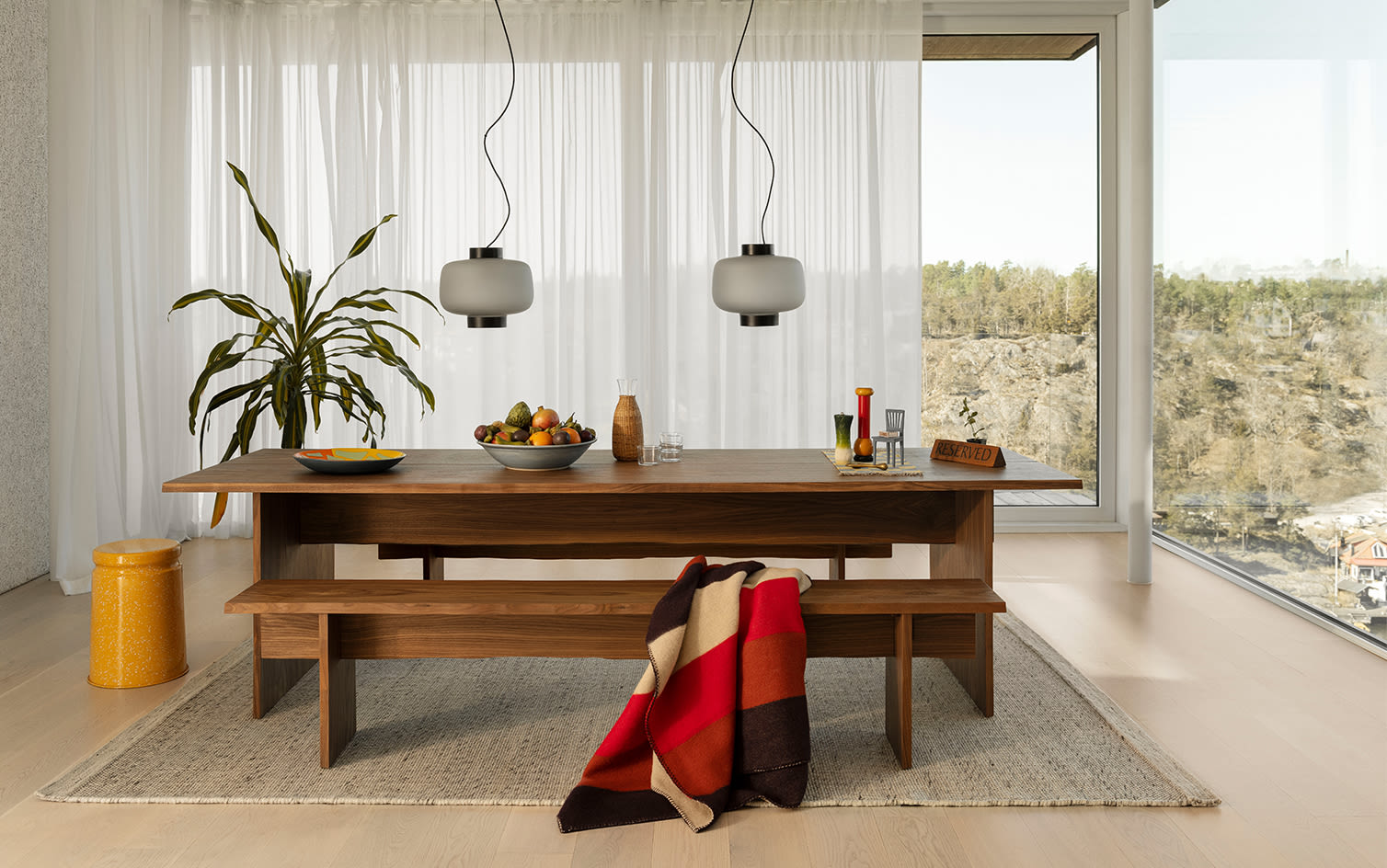
Is it also a more sustainable way of looking at design?
– Yes, it is. What happens otherwise is that it's just a downward spiral. You will get more for less money. And it should go out to more people. That's what we're fighting against now. Fast fashion and fast furniture, i.e. all those who are less meticulous and push things out in order to maximize. This contributes to the products having less value and we keep them for a shorter time. We have no emotional attachment to them. So, by definition, it's a waste of time.
We try to find designers who have come a long way in their careers but who are still on their journey. Who are still developing and trying new things. Progressive is the word I like to use. These are practitioners who want something, who have an inner drive.
Tell us about Hem's design collaborations. How do you find the designers you work with?
– We have a very strong forward lean. We try to find designers who have come a long way in their careers but who are still on their journey. Who are still developing and trying new things. Progressive is the word I like to use. These are practitioners who want something, who have an inner drive. Who don't design on a brief but have a different ambition. Then it becomes exciting. Unexpected things can happen, and it can be expressions or processes that look different. It could be Faye Toogood, for example, who has a unique way of looking at form, color and materials. Or Kwangho Lee, a South Korean designer who is primarily an artist. His products become an effect of technology. We also have many other odd birds that we work with, each with their own inner compass. When journalists put labels on it, we're often defined as a kind of new Memphis, it becomes a progressive movement, some kind of antagonist because we want to move forward, we want to challenge and we want to find new paths.
Do you have a piece of furniture that surprised you when it arrived?
– That's what's most exciting. We are not sure what people will think. We have a feeling that it feels exciting, but we have no idea what the customers will think. Often it turns out very well. You can trust your gut feeling quite well. Sabine Marceli's Boa Pouf, for example, is the kind of product that when you describe it, it feels downright stupid. A big ring, or a donut, that people love. You don't get such products if you give a brief. If you say you want a bench - and it should be this height and it should cost this much, you probably won't get that donut. But on the other hand, if she is allowed to think freely and she is allowed to do what she feels like and she is really passionate about, then you will get it. I think we have several such examples where we have really leaned on these practitioners and trust that they have an inner compass. And when we feel that this is the right thing to do, to go for it all the way, it often turns out well.
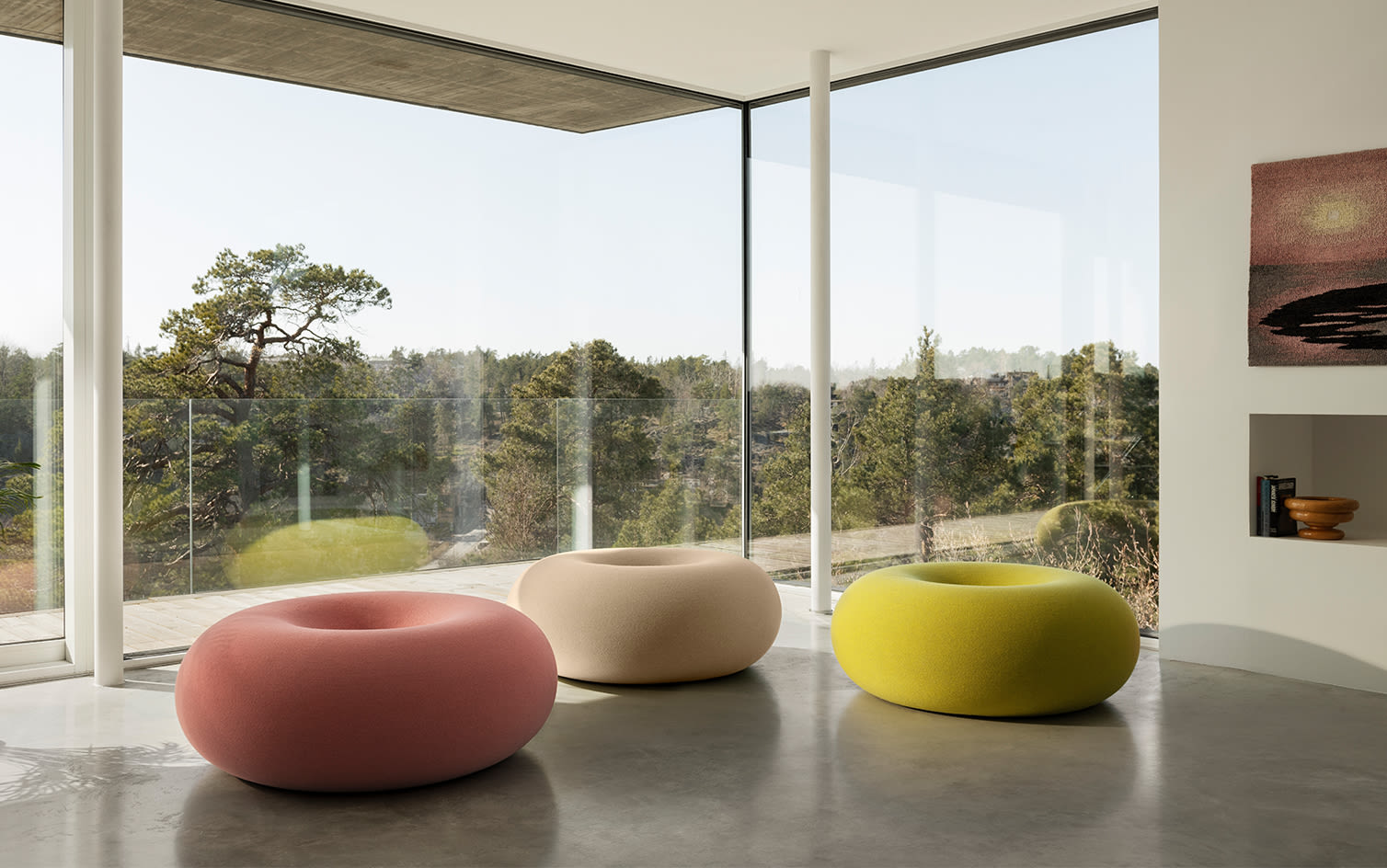
What are the main challenges ahead?
– Modernism has been such an incredibly strong chapter, but now we have to move on. That is what is both challenging and exciting, that it is unwritten. I see that many of the people we work with, and those who inspire me, are going in a completely different direction. They work with craftsmanship, or with unexpected materials in context, or they blur the design role and perhaps dare to be broader. I think that if design and interior design are to develop, you have to embrace it. You also have to educate the customer to look at furniture and interiors more as emotional things that they are ready to invest in, and see them more as art objects than utility objects.
Is your own home an important place for you to explore design?
– Absolutely it is. I am happy every day when I can surround myself with things that I like. And it can be simple things. Having something in a much larger size than it is. We have a blue pen at home on the wall by Leo Eklund from the Hem X collection that makes me happy every day. It can be simple things like size, color or perspective. Just the feeling that there is a little twinkle in the eye. Yes, to get the pulse up a bit.
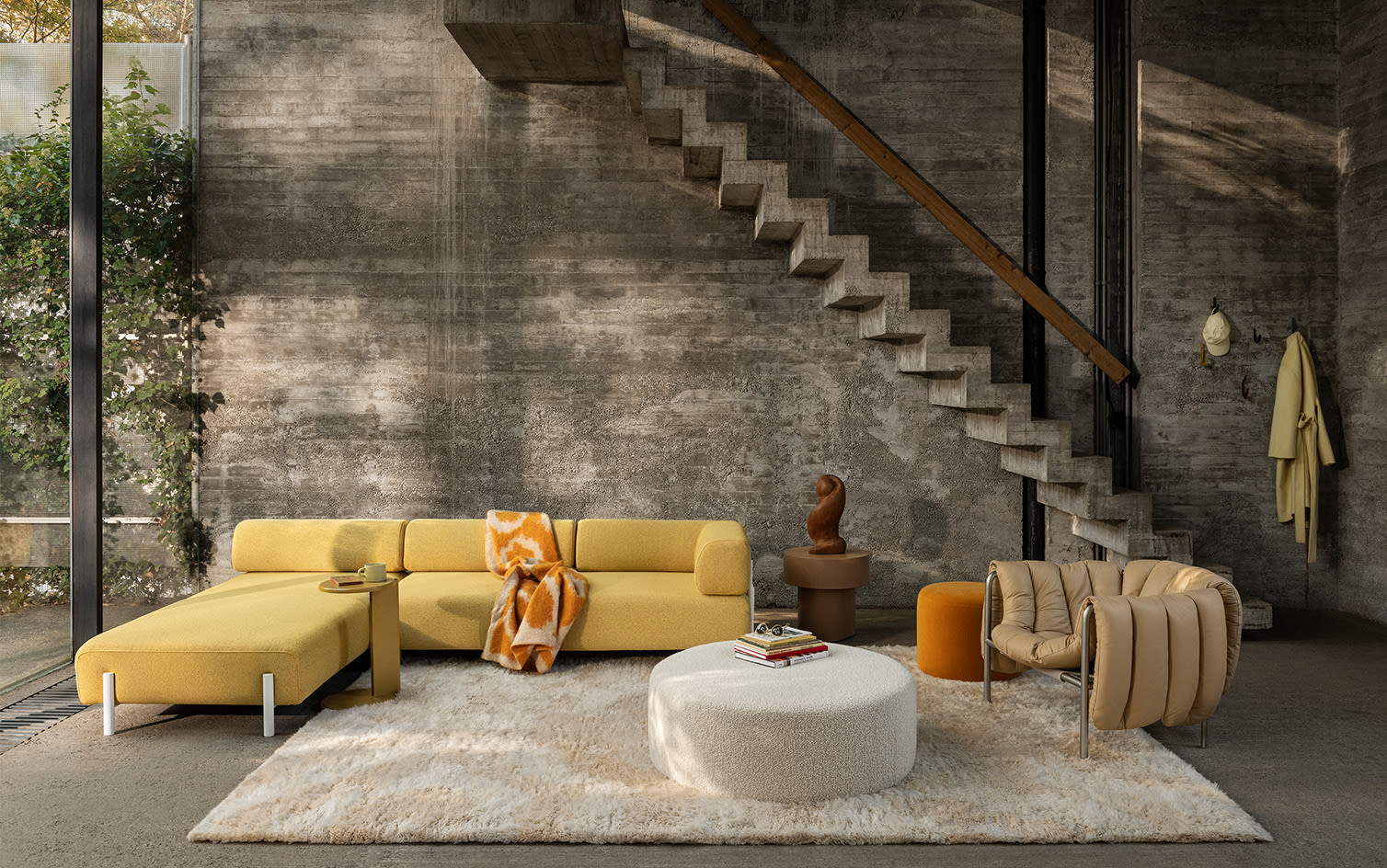
Similar articles

Now we are launching Hem
It's time to embrace interior design as culture. So says Petrus Palmér, founder of the furniture company Hem. For Nordiska Galleriet, he talks about the importance of magic, art and free rein.
2024/3/19
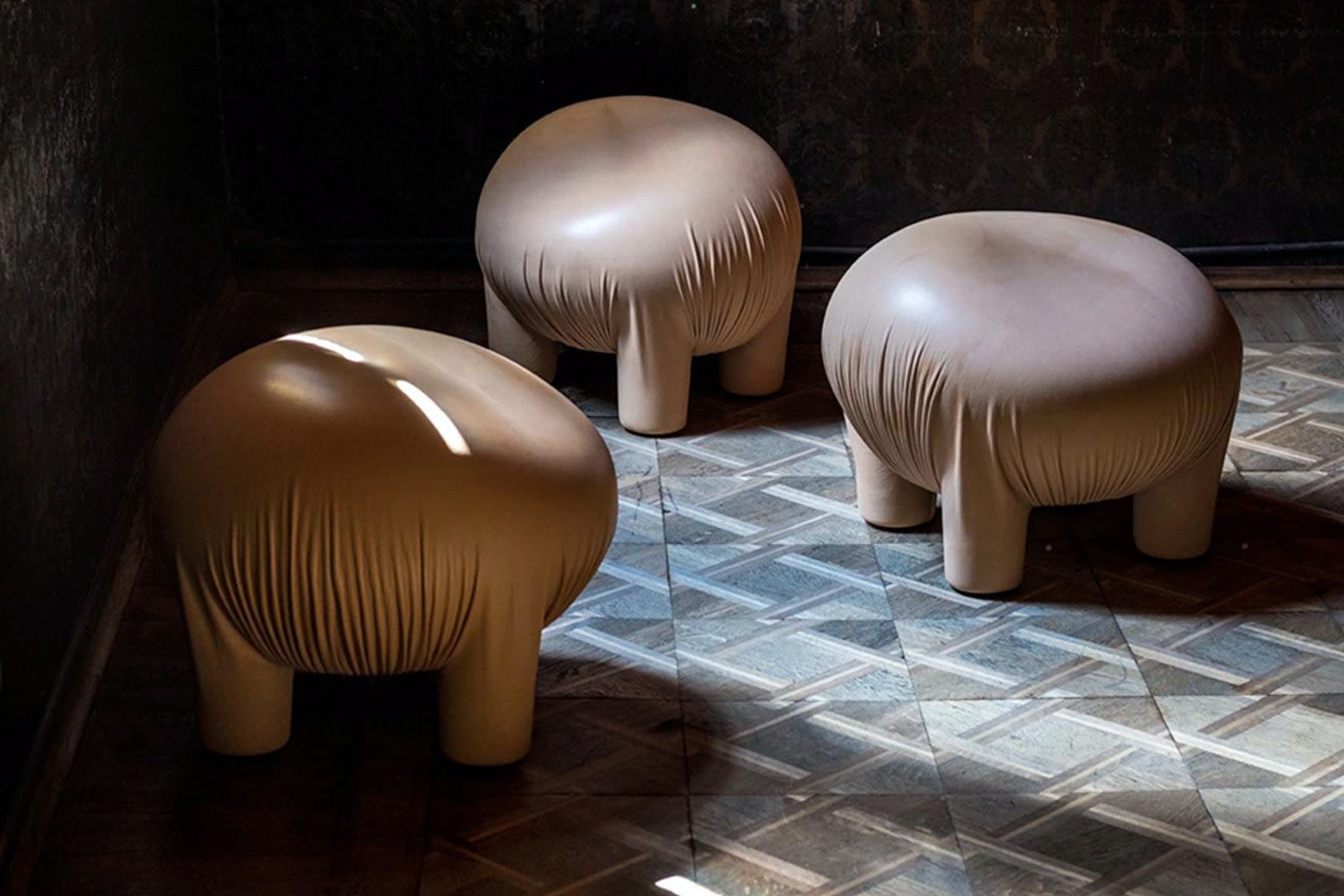
Putting together what belongs together
She is the visionary force behind one of Italy's most prominent premium furniture brands, recognised for her ability to both nurture design talent and collaborate with top product designers. For Nordiska Galleriet, Patrizia Moroso talks about what makes good design exceptional and the new collaboration with the Swedish design studio Front.
2023/2/2
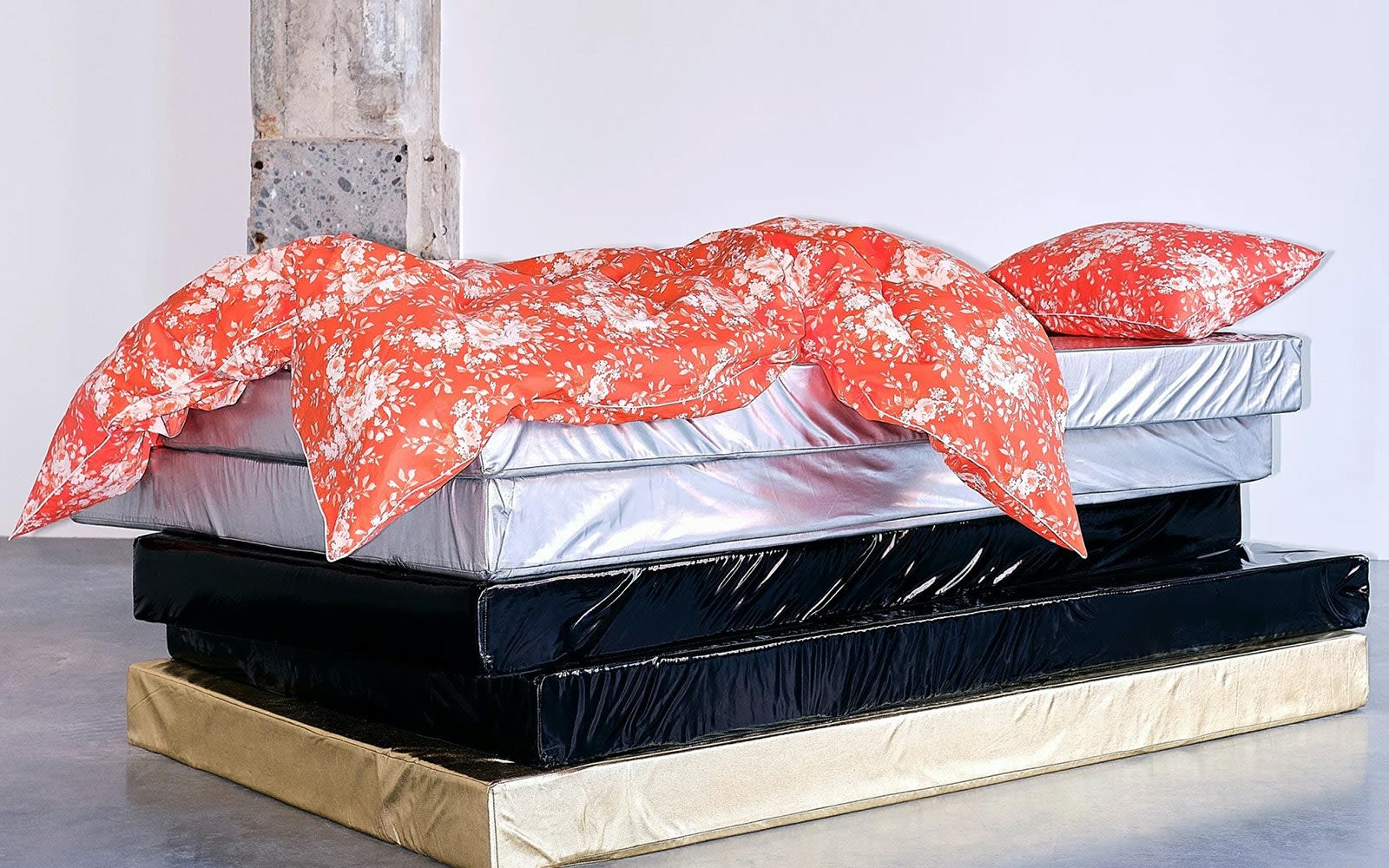
Bedding as fashion
With art and fashion in their DNA, Magniberg bedwear creates products with a fashion edge for the bed. The husband-and-wife creative duo integrate flowers, art, fashion and interiors into the aesthetic concept that is the Magniberg universe. Not surprising since they have backgrounds in high fashion and the world of flowers. For Nordiska Galleriet, Bengt Thornefors and Nina Norgren talk about their universe and how interior design became the new fashion.
2023/1/23
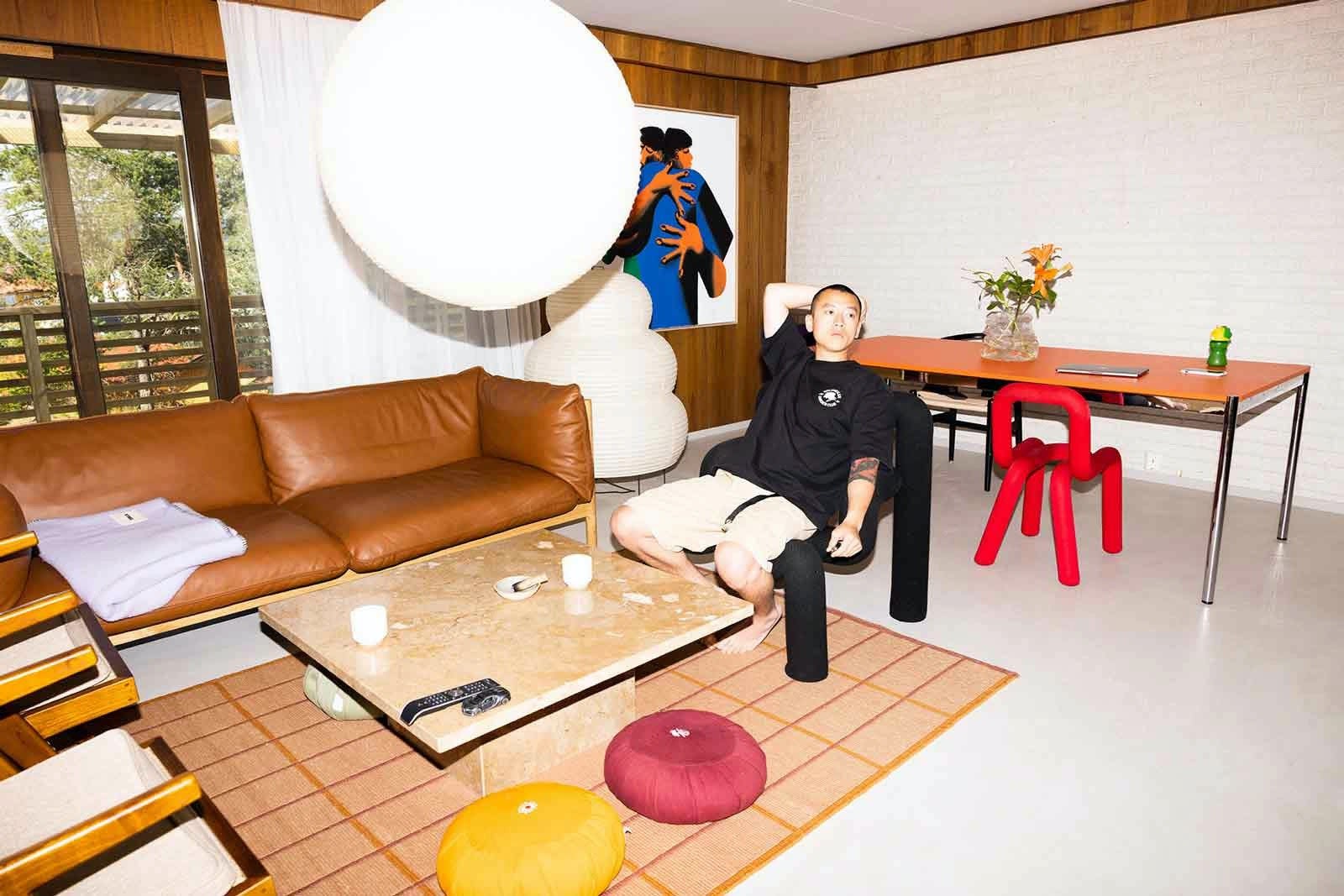
The authentic campsite
More and more people are choosing to spend their free time outdoors, and with the right equipment, the distance between home and nature is not as far as you might think. We spoke to the founder of the Hiking Patrol platform and Snow Peak brand about how to live in the heart of nature without compromising on comfort or design.
2022/8/3

